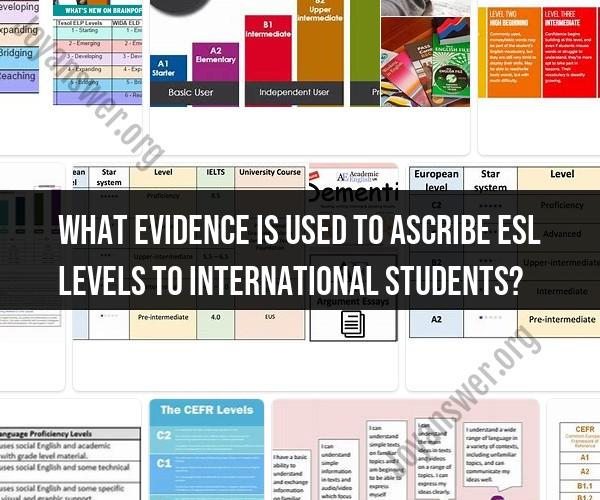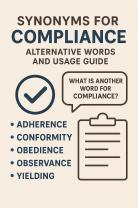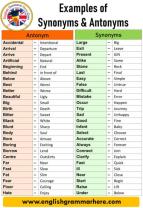What evidence is used to ascribe ESL levels to international students?
Determining ESL levels involves assessing an individual's English language proficiency across different skills such as listening, speaking, reading, and writing. Accurate placement into appropriate ESL levels is crucial to ensure that learners are challenged without feeling overwhelmed. Here's how you can gather evidence for assigning English proficiency levels:
1. Placement Tests:
- Placement tests are commonly used to assess a learner's current language skills. These tests can cover multiple skills and are designed to determine which level of instruction is suitable. They often include multiple-choice questions, reading comprehension tasks, and written responses.
2. Speaking Assessment:
- Oral interviews or speaking assessments can provide insights into a learner's ability to communicate effectively. This can involve structured conversations, describing pictures, or discussing familiar topics.
3. Writing Samples:
- Analyzing writing samples helps assess vocabulary usage, sentence structure, coherence, and grammar. This can be done through essays, short paragraphs, or responses to prompts.
4. Reading Comprehension:
- Reading comprehension exercises evaluate a learner's ability to understand written text. These can include multiple-choice questions, true/false statements, and short answer questions.
5. Listening Comprehension:
- Listening exercises assess a learner's ability to understand spoken English. This can involve listening to conversations, short lectures, or interviews followed by comprehension questions.
6. Self-Assessment:
- Encourage learners to self-assess their language skills. Their self-perception can provide valuable information about their confidence and awareness of their strengths and weaknesses.
7. Previous Coursework and Experience:
- Reviewing previous English courses, test scores (if available), and any real-world experience using English can give an indication of a learner's language background.
8. Conversations and Interactions:
- Informal conversations with learners can offer insights into their spoken English and ability to participate in everyday discussions.
9. Progress Over Time:
- If learners are progressing from one level to another within the same program, their performance and improvement over time can help determine if they are ready for the next level.
10. Observation:- Observing learners during group activities, discussions, and presentations can provide additional insights into their language skills and comfort level.
It's important to use a combination of these methods to ensure a well-rounded assessment of a learner's English proficiency. Keep in mind that assigning an ESL level is not solely based on one single assessment but rather on a holistic view of the learner's abilities and needs.











